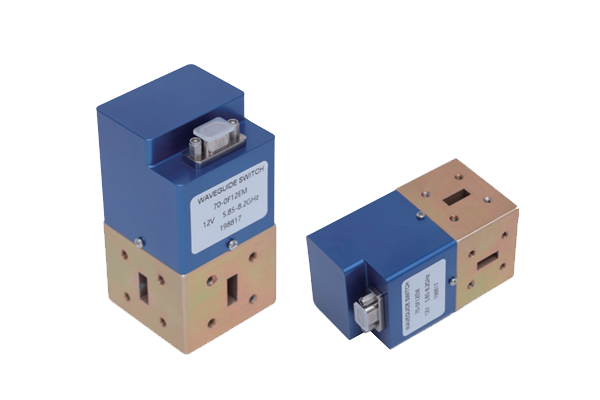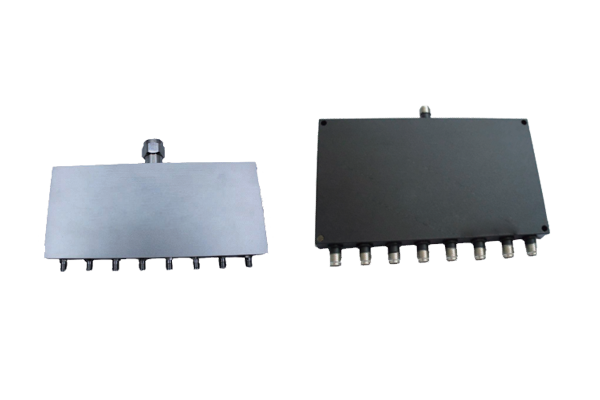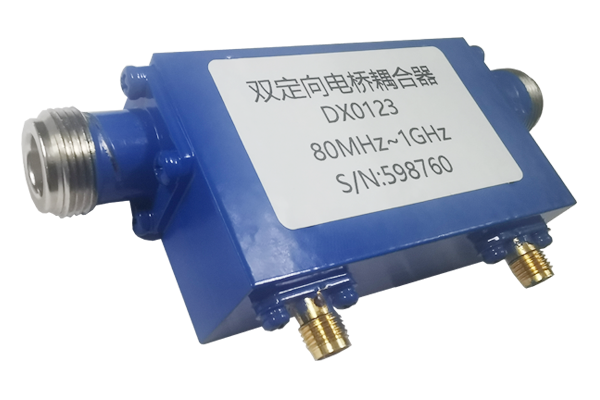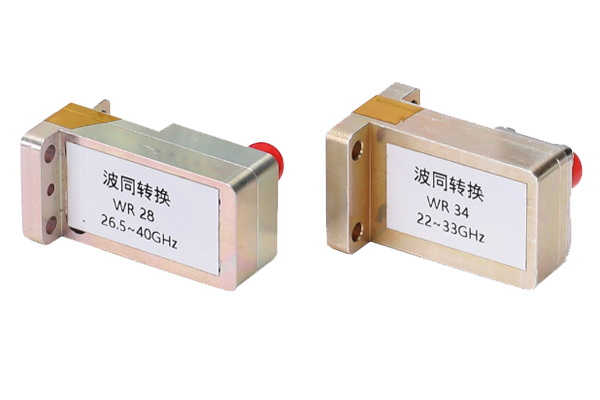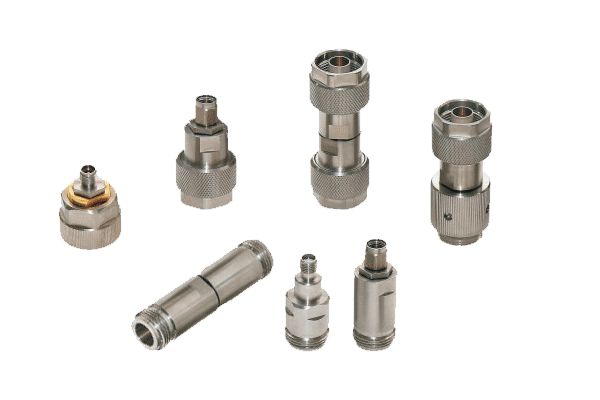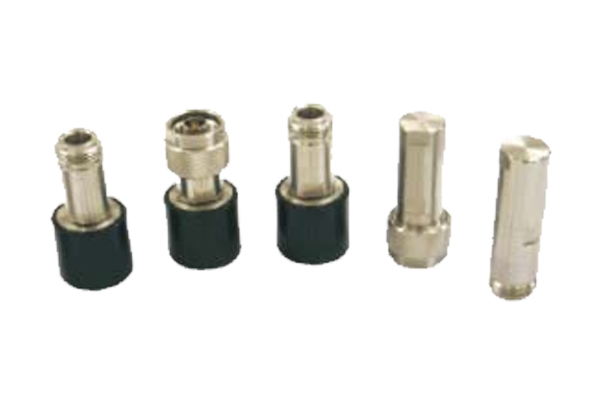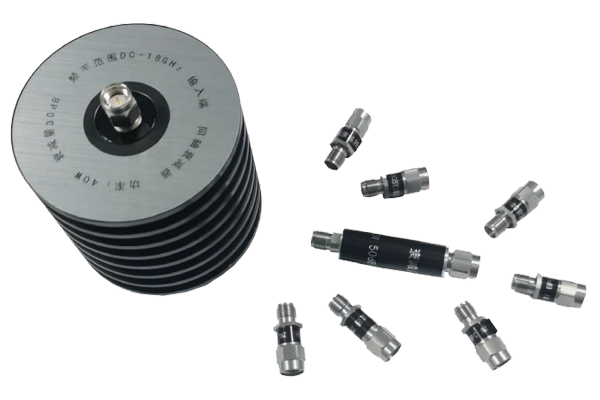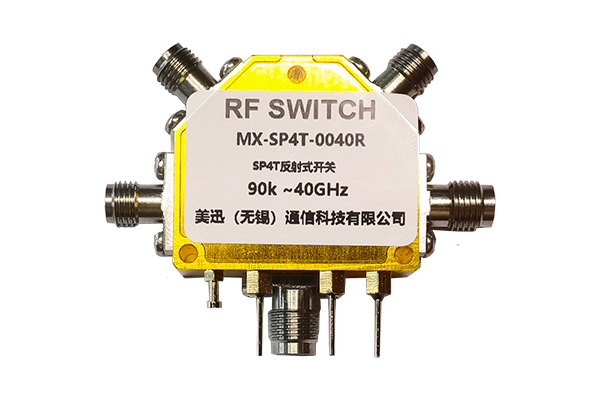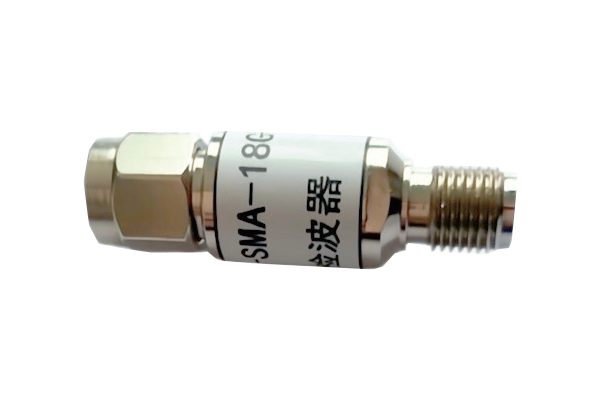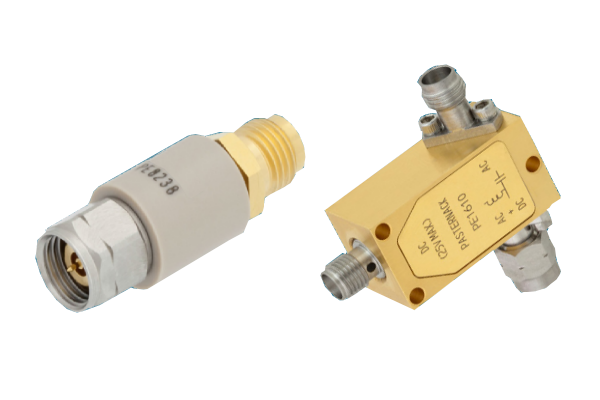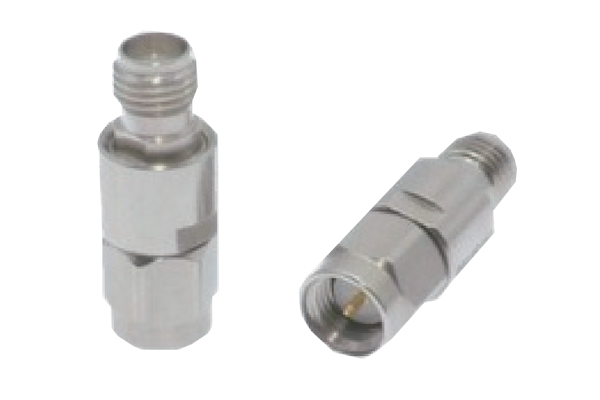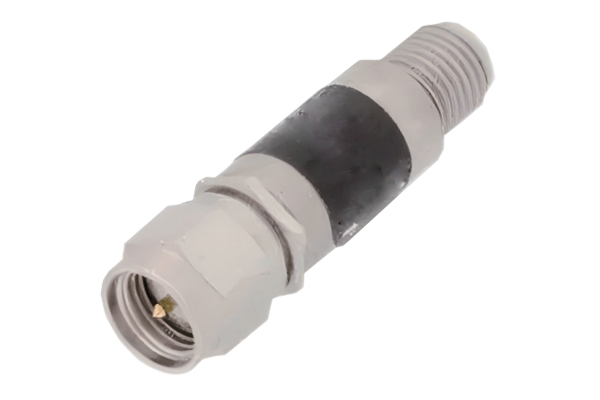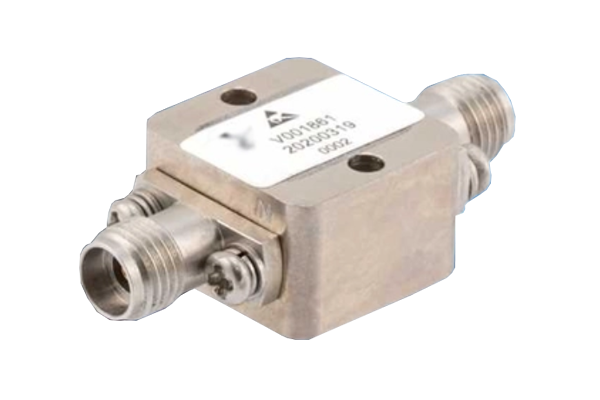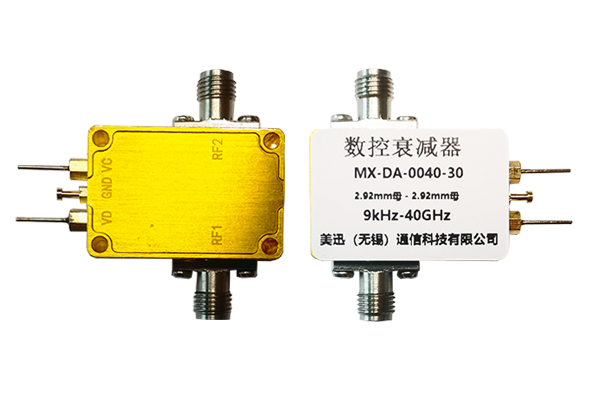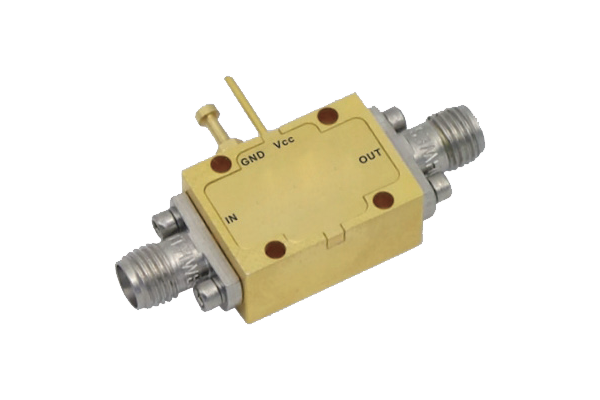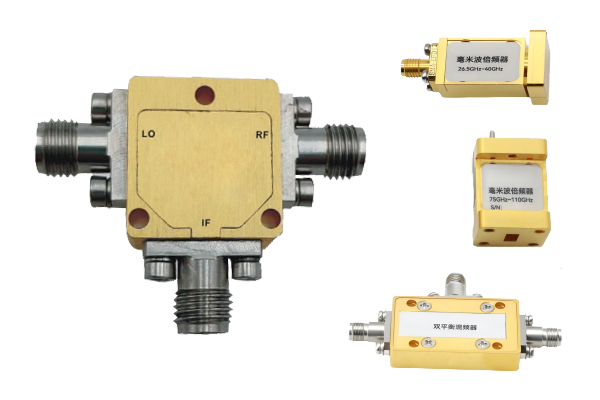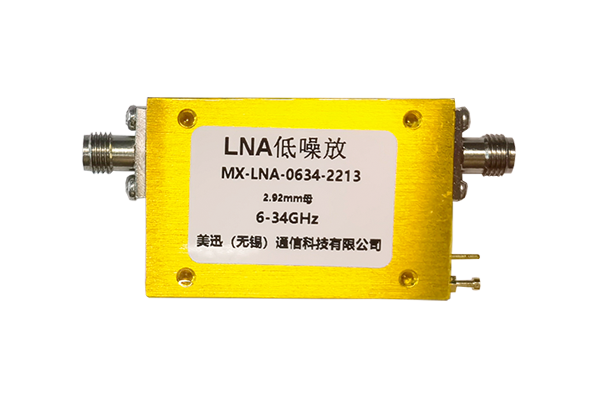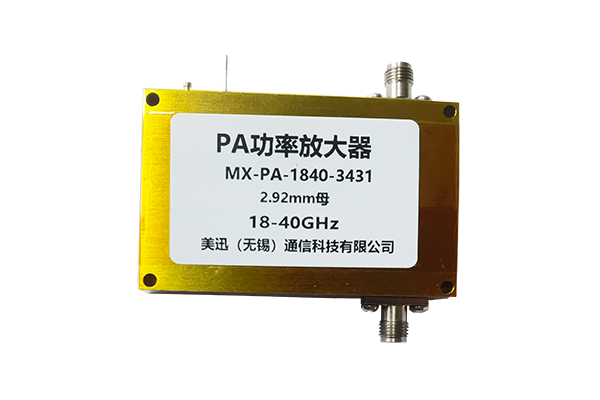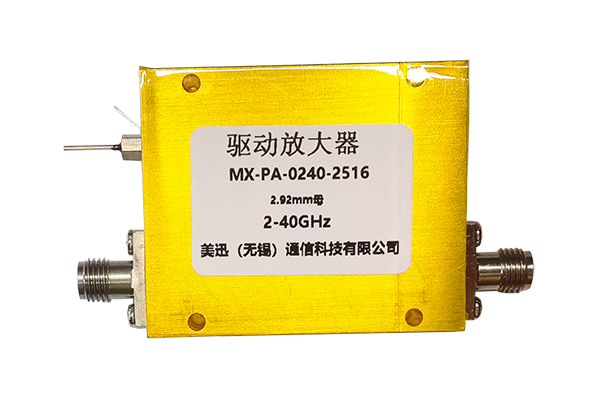How to Select an RF Power Divider for a Specific Frequency Range
RF Power Divider Frequency Considerations
-
1. Determine Frequency Range
Different RF power dividers have specific operating frequency bands that must match your system's signal range. For multi-band applications, choose a model covering all target frequencies to prevent power distribution inaccuracies or signal distortion from out-of-range operation.
-
2. Evaluate Frequency Performance
Within your frequency range, assess insertion loss, port isolation, and standing wave ratio (SWR). Quality dividers maintain low, stable insertion loss, meet isolation requirements, and minimize SWR to reduce reflections. Compare model performance at target frequencies.
-
3. Select Appropriate Model Type
Different divider types suit different frequency scenarios. Some excel at low frequencies while others perform better at high/ultra-high frequencies. For wideband systems, choose wideband-optimized models that maintain consistent performance across the spectrum.
-
4. Verify System Compatibility
Ensure the divider's frequency characteristics match connected equipment (amplifiers, antennas). Verify overlapping operating ranges and parameter coordination. Include frequency fluctuation margin by selecting models with some redundancy to enhance system stability.




